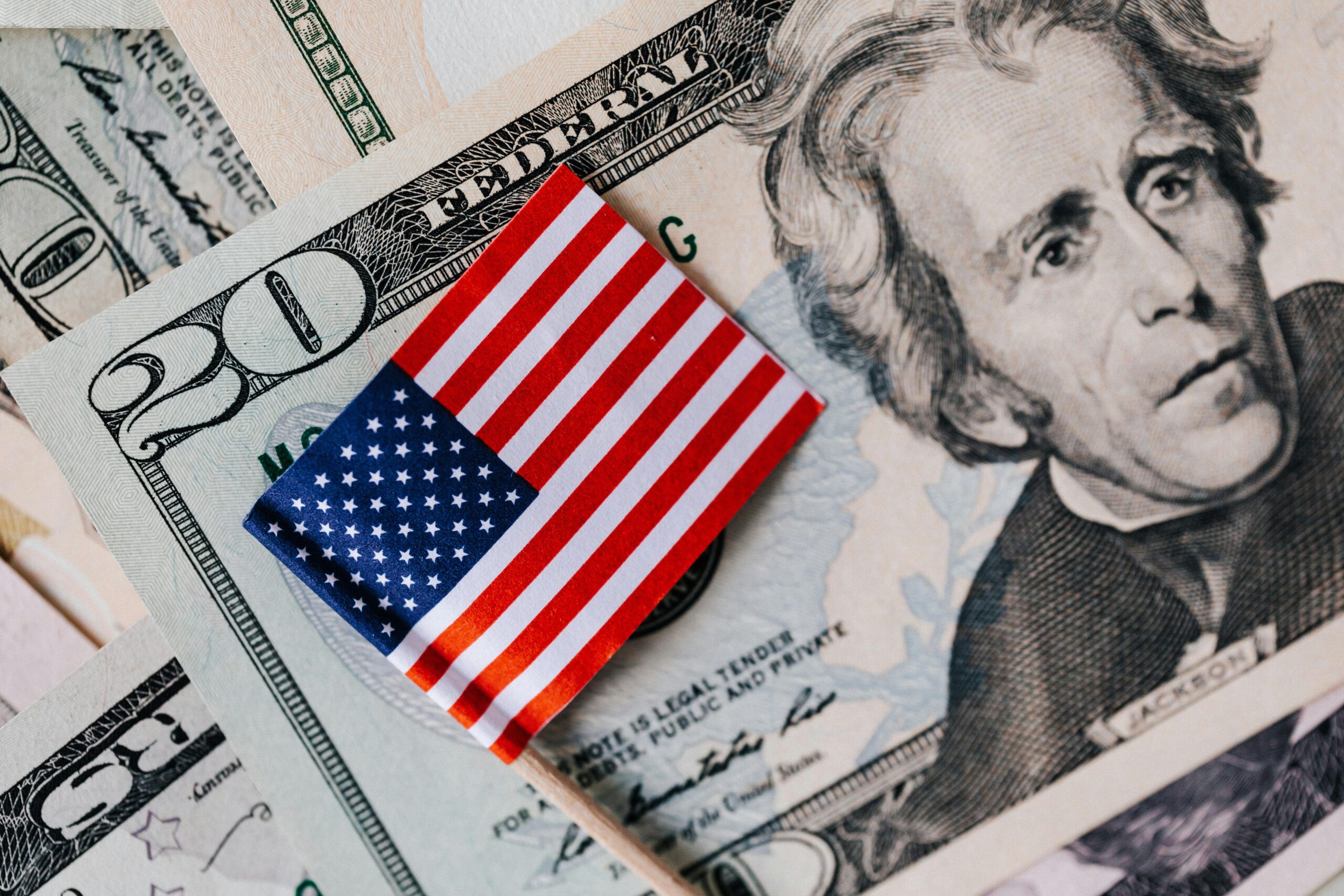Inflation in the US refuses to go away. January’s data showed both consumer and wholesale prices rising more than expected, making it clear that price pressures are still a problem.
At the same time, tariffs pushed by the Trump administration are adding to costs, making it harder for the Federal Reserve to justify cutting interest rates.
The economy, which had shown signs of stabilizing after Biden’s stimulus-fuelled inflation surge, is still shaky while facing new threats.
If the past two years have taught us anything, it’s that ignoring economic trade-offs leads to unintended consequences.
Why is US inflation still high?
After months of improvement, US inflation is rising again.
The Consumer Price Index (CPI) increased by 3.0% in January, up from 2.9% in December and 2.7% in November.
Core inflation, which strips out food and energy, also ticked higher at 3.3%.
The Producer Price Index (PPI), which tracks wholesale prices, jumped 0.4% in January after a 0.5% rise in December.
Rising shelter costs were a big driver, making up 30% of the CPI increase. Food prices also went up, hitting lower-income households the hardest.
Some economists suggest that January’s spike may partly be due to businesses routinely raising prices at the start of the year.
However, even after adjusting for seasonality, price pressures remain strong.
Markets reacted negatively, with investors realizing that the Federal Reserve may not cut interest rates as soon as expected.
Some economists now predict no rate cuts at all in 2025, while others warn that if inflation keeps climbing, the Fed might even be forced to hike rates again.
Are Trump’s tariffs making inflation worse?
Trump’s decision to bring back aggressive tariffs has reignited debates on trade policy.
The idea is that tariffs protect American industries from foreign competition, but they also raise costs.
Companies facing higher import prices often pass those costs onto consumers, feeding inflation.
For example, the administration recently announced tariffs on Canadian and Mexican imports, only to delay them days later.
These back-and-forth decisions create uncertainty for businesses, which makes planning difficult and raises costs further.
Uncertainty is also something that the markets dislike, therefore decreasing the risk appetite of investors.
Economists warn that tariffs act like an indirect tax on consumers.
When Trump imposed tariffs during his first term, research from the National Bureau of Economic Research found that nearly all costs were passed onto consumers.
If history repeats itself, tariffs could be the worst possible news for the future trajectory of US inflation.
Some projections suggest that tariffs could keep inflation elevated in the 3.0% to 3.8% range for the next six months.
There’s also concern about labour shortages. Trump’s plans for stricter immigration policies, including deportation of undocumented workers, could further increase prices in agriculture and food processing, where immigrants make up a large part of the workforce.
What is the Federal Reserve’s next move?
The Federal Reserve has spent the past two years trying to bring inflation under control.
Between 2022 and 2023, it raised interest rates aggressively, pushing inflation down from a peak of 9% in mid-2022 to around 3% by late 2024.
Last year, the Fed cut rates by 100 basis points, expecting inflation to cool further.
But with price pressures persisting, the central bank has scaled back its plans.
In December, the forecast included four rate cuts for 2025. That has now been lowered to just two, and even those are uncertain.
Some economists believe the Fed should act now by cutting rates slightly to support economic momentum.
The argument is that if inflation rises again, it can always raise rates later.
But the risk is that pre-emptive cuts could make inflation even worse, forcing the Fed into a more aggressive response down the line.
Is Trump repeating Biden’s mistakes?
One of the biggest criticisms of Biden’s economic policies was that they ignored tradeoffs.
His administration spent trillions on stimulus and green energy projects, assuming it wouldn’t cause inflation.
Instead, it overheated the economy, pushing prices up and forcing the Fed to raise rates.
Trump now appears to be making a similar mistake.
His administration argues that tax cuts and deregulation will create enough economic growth to pay for themselves.
But history suggests otherwise.
The Reagan and Bush tax cuts both led to rising deficits, and the Congressional Budget Office warns that the US debt-to-GDP ratio is on an unsustainable path.
Trump’s reliance on tariffs also mirrors Biden’s approach to subsidies, as both policies intervene in markets in ways that often backfire.
Just as Biden’s green energy subsidies came with heavy regulations that slowed investment, Trump’s tariffs could lead to higher costs that slow growth.
What does this mean for the economy?
History shows that policies promising “something for nothing” rarely work. The belief that economic growth alone can offset tax cuts or tariffs ignores the reality of tradeoffs.
Rising debt, higher prices, and economic uncertainty are the likely outcomes if policymakers continue down this path.
For now, the US economy remains stable, but risks are building.
The combination of persistent inflation, unpredictable trade policies, and a Federal Reserve hesitant to act could lead to slower growth or even stagflation, where inflation stays high while the economy weakens.
If inflation remains stuck around 3%, the Fed may have to make a tough choice: raise rates and risk a slowdown, or accept higher inflation for longer.
Meanwhile, businesses and consumers will have to adapt to rising costs and uncertainty.
The broader lesson is clear: ignoring trade-offs leads to unintended consequences.
Whether it’s unchecked stimulus, aggressive tariffs, or wishful thinking about tax cuts, economic policy always comes with costs.
The challenge for the next few years will be deciding which ones are worth paying.
The post No good news about US inflation: will Trump make the same mistakes as Biden? appeared first on Invezz

